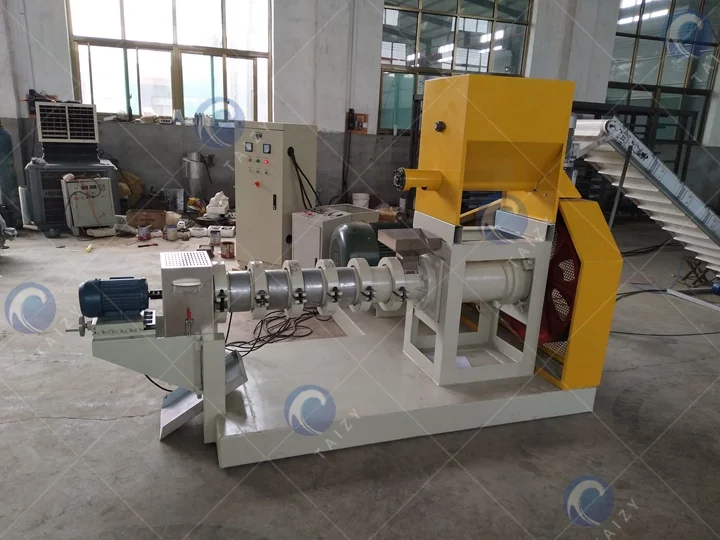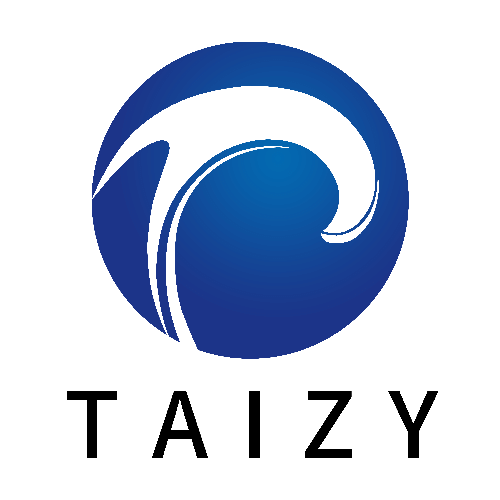Key Advantages of Fish Feed Extruder: Elevating Aquaculture Practices
In the ever-evolving landscape of aquaculture, the Fish Feed Extruder stands out as a game-changer, offering a multitude of advantages that contribute to the health, efficiency, and sustainability of fish farming practices.
1. Smooth Forming for Aesthetic Appeal:
One of the standout features of the Fish Feed Extruder is its ability to produce fish food pellets with a smooth surface. The aesthetic appeal of these pellets is not to be underestimated, as the smooth and beautiful finish enhances the overall visual quality of the feed. This feature not only pleases the eye but also reflects the precision and excellence of the extrusion process.

2. Prolonged Buoyancy in Water:
The pellets generated by the Fish Feed Extruder exhibit an impressive characteristic—they float for an extended period. In water, these pellets remain buoyant for more than 12 hours without sinking. This extended buoyancy ensures that the fish have ample time to locate and consume the feed, promoting better absorption of nutrients and contributing to overall fish health.
3. Minimal Water Pollution:
A significant environmental advantage of the Fish Feed Extruder is its ability to produce pellets that do not quickly disintegrate or sink to the bottom of water bodies. This characteristic minimizes the risk of water pollution, as the pellets remain intact, preserving water quality and avoiding potential harm to aquatic ecosystems. It aligns with sustainable aquaculture practices and underscores the extruder’s commitment to environmental responsibility.

4. Sterilization through High-Temperature Processing:
The process of extruding fish food pellets involves high-temperature treatment. This critical step not only ensures the smooth forming of pellets but also serves as an effective sterilization method. The high temperatures eliminate bacteria, pathogens, and contaminants, leading to a finished product that is free from harmful microorganisms. This sterilization contributes significantly to the reduction of fish diseases, fostering a healthier aquatic environment.
5. Enhanced Nutrient Retention:
The Fish Feed Extruder excels in preserving the nutritional integrity of the feed ingredients. The extrusion process minimizes nutrient loss, ensuring that the fish receive a diet rich in essential proteins, vitamins, and minerals. This enhanced nutrient retention contributes to improved fish growth, immune system strength, and overall vitality.

6. Cost-Effective and Efficient Production:
Beyond its environmental and health benefits, the Fish Feed Extruder offers practical advantages for aquaculture businesses. The efficiency of the extrusion process allows for rapid and cost-effective production of high-quality fish feed pellets. This economic aspect makes the extruder a valuable asset for both large-scale and small-scale fish farming operations.
In conclusion, the Fish Feed Extruder emerges as a pivotal technology in the realm of aquaculture, delivering features and advantages that go beyond basic feed production. From the aesthetics of smooth-formed pellets to the ecological benefits of prolonged buoyancy and minimal water pollution, the extruder exemplifies innovation with a purpose, contributing to the sustainable growth of the global aquaculture industry.
